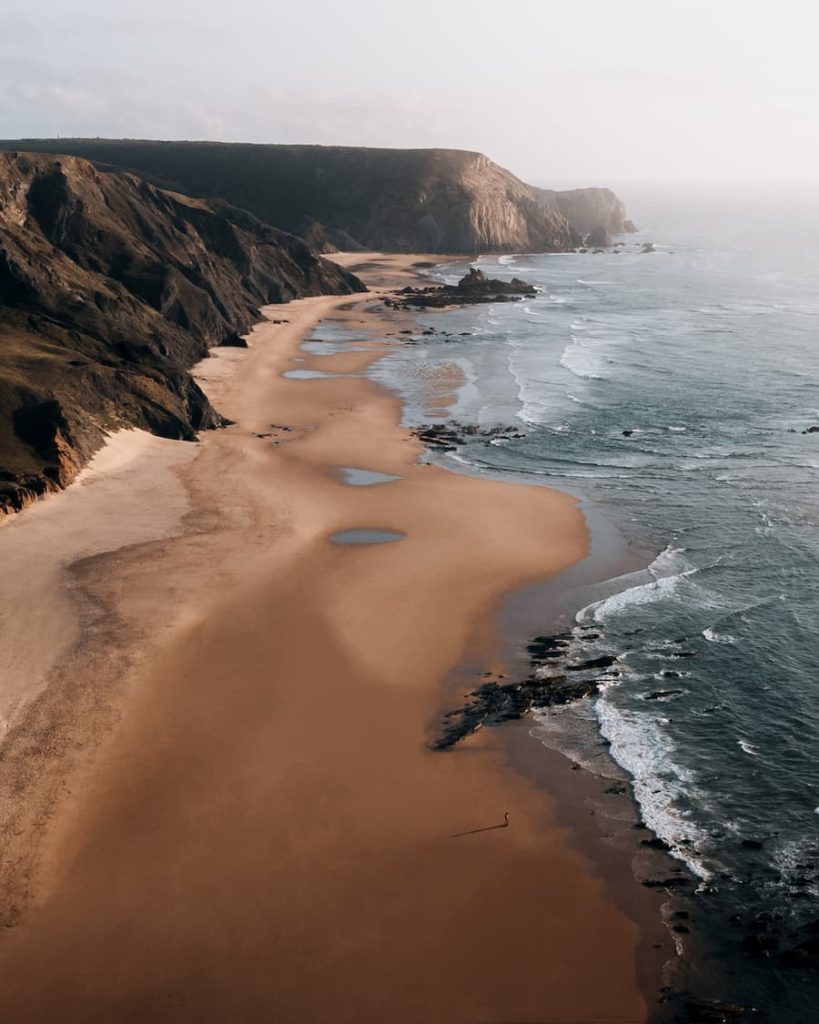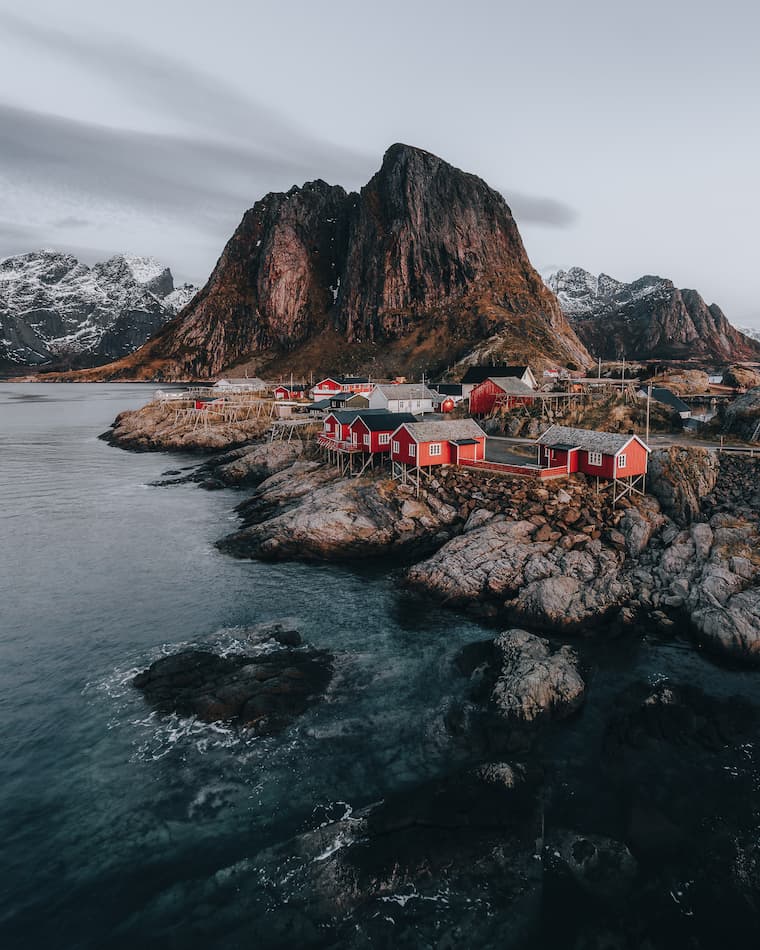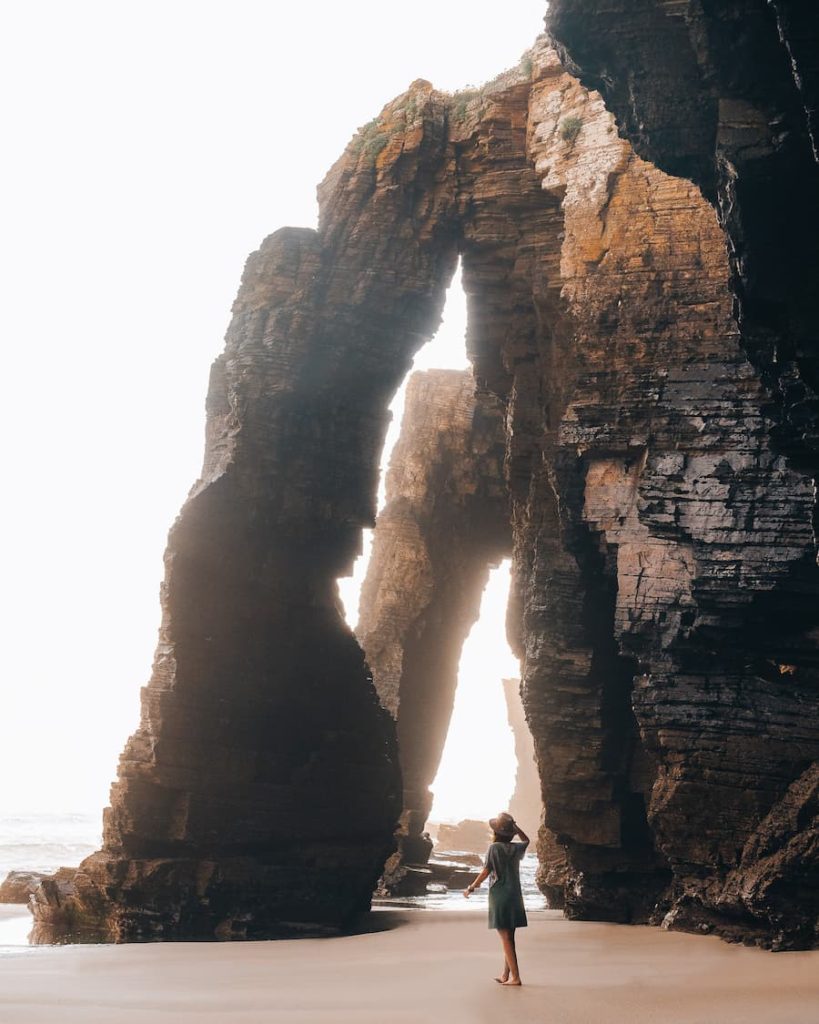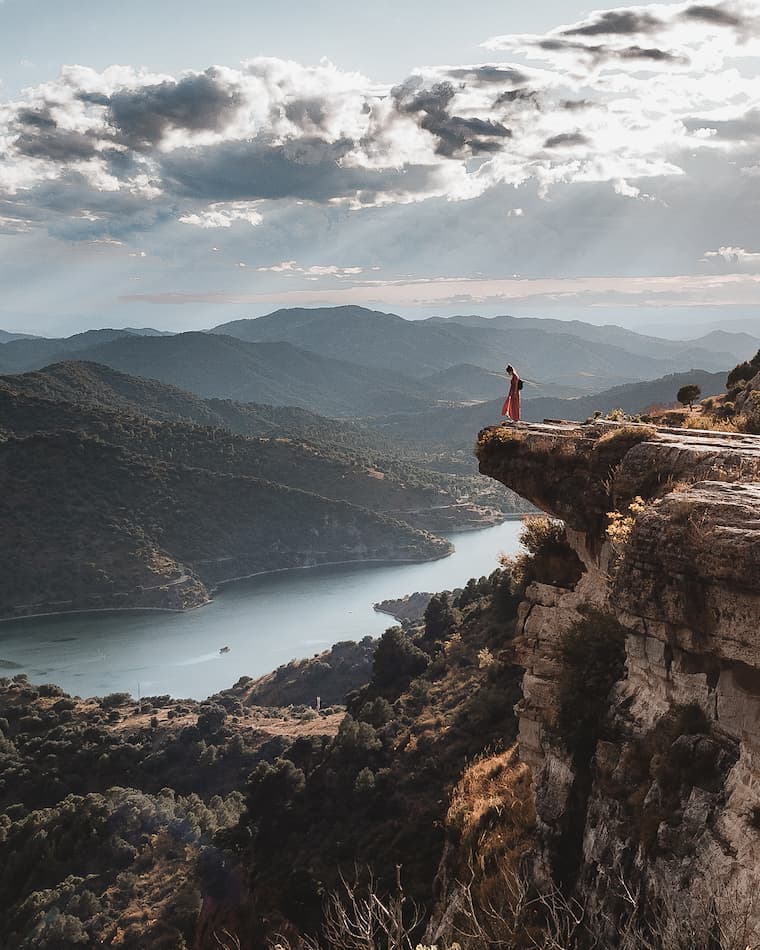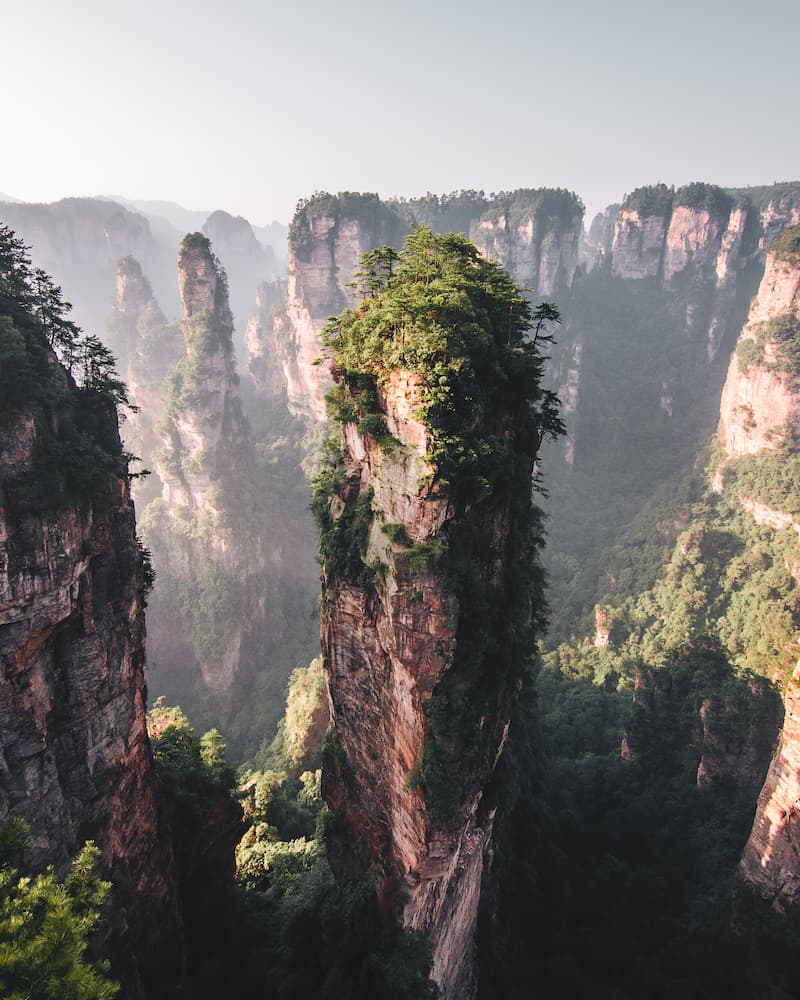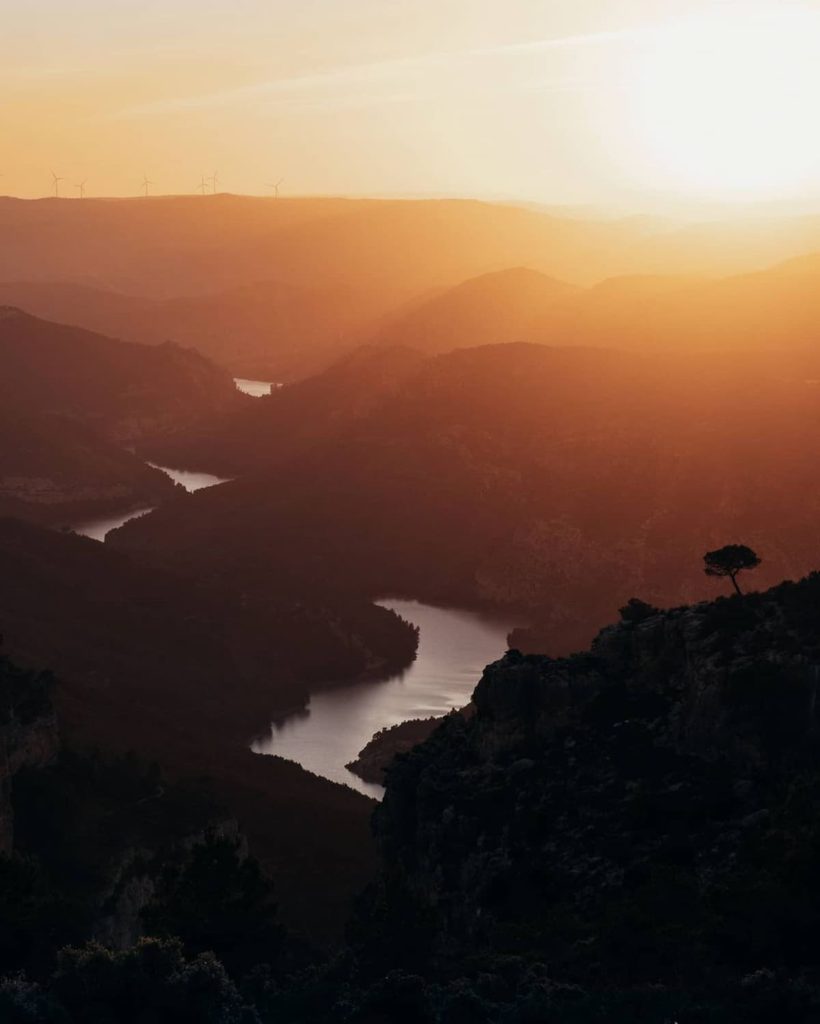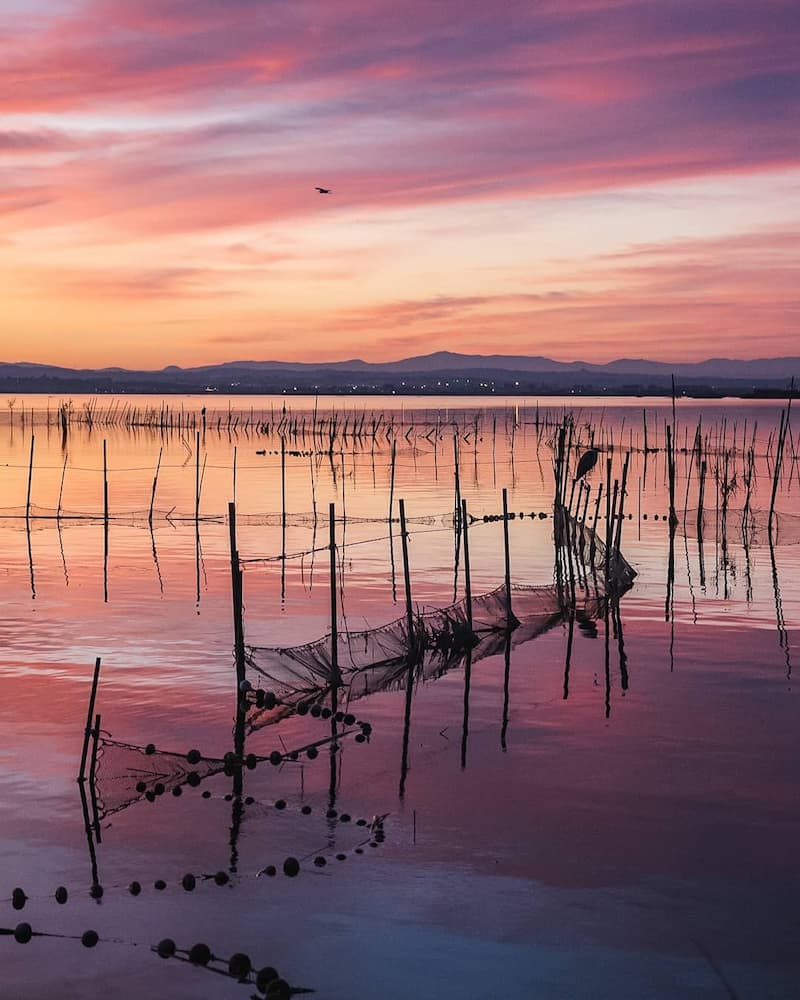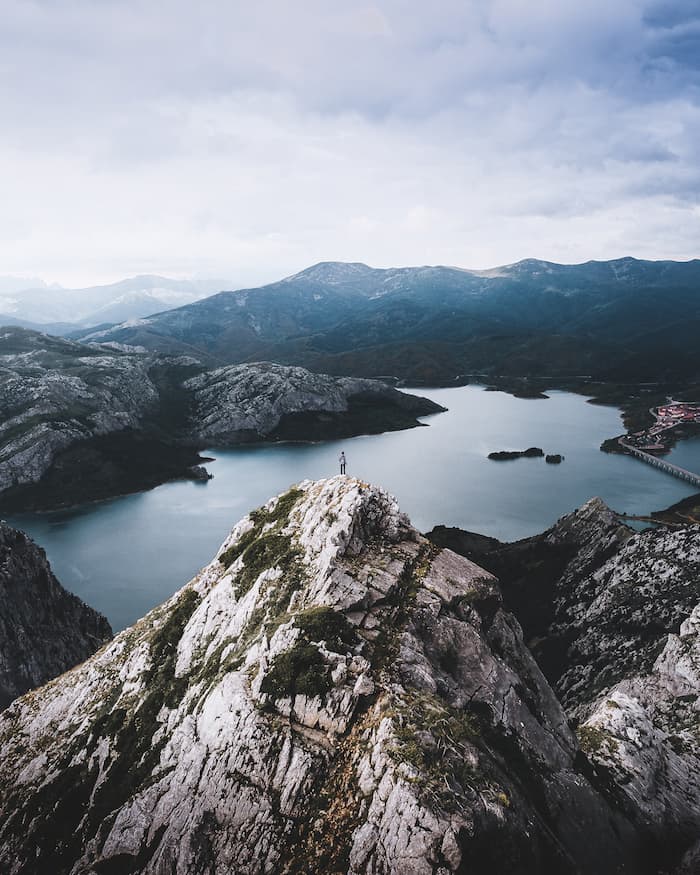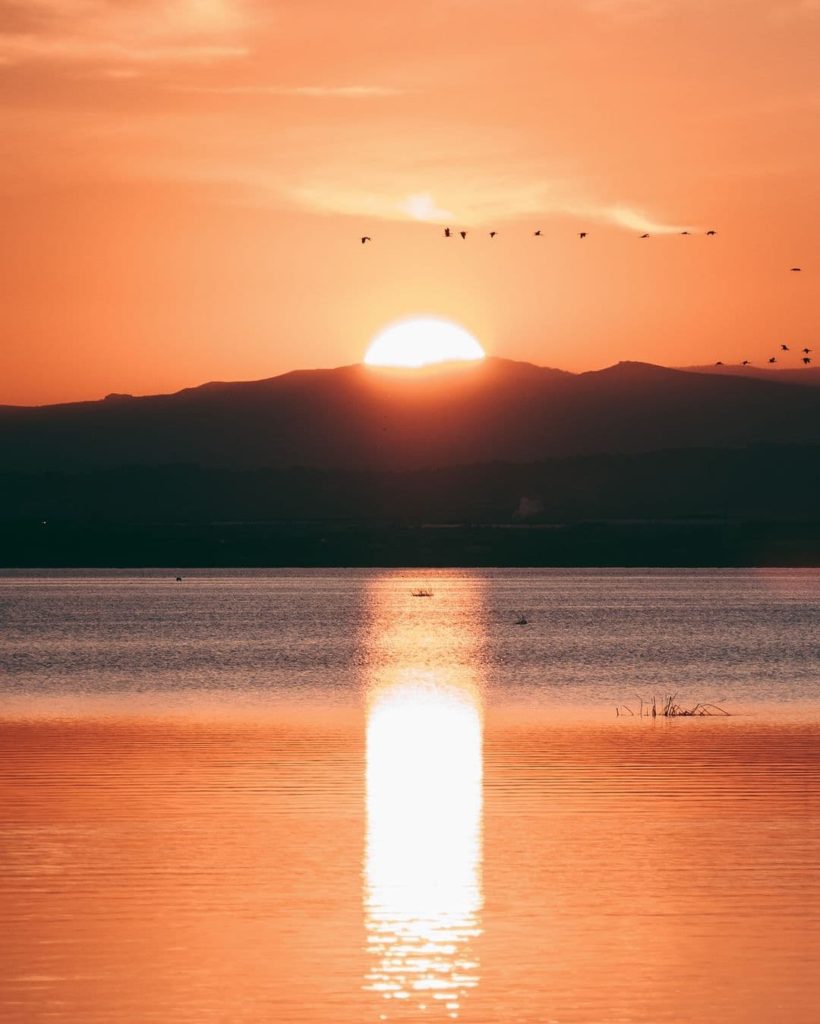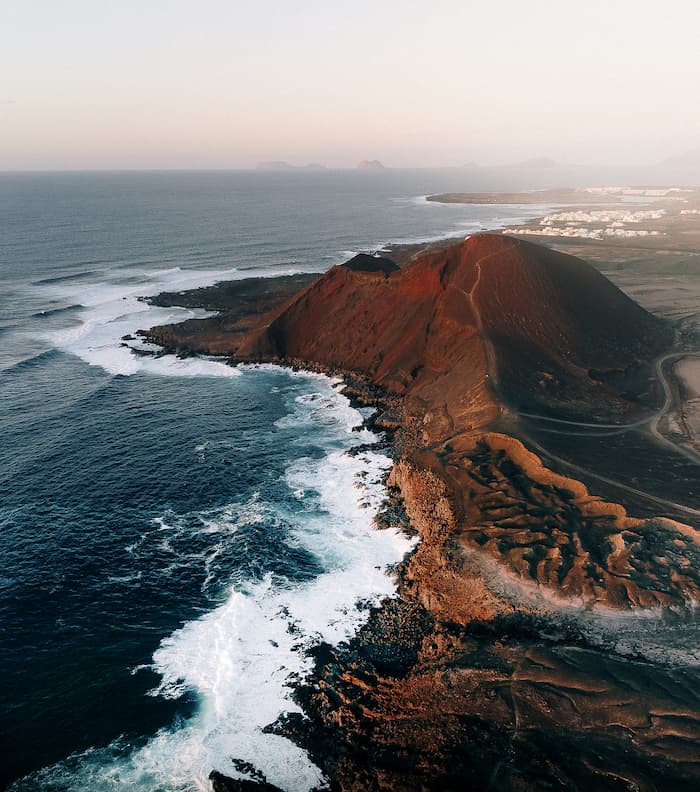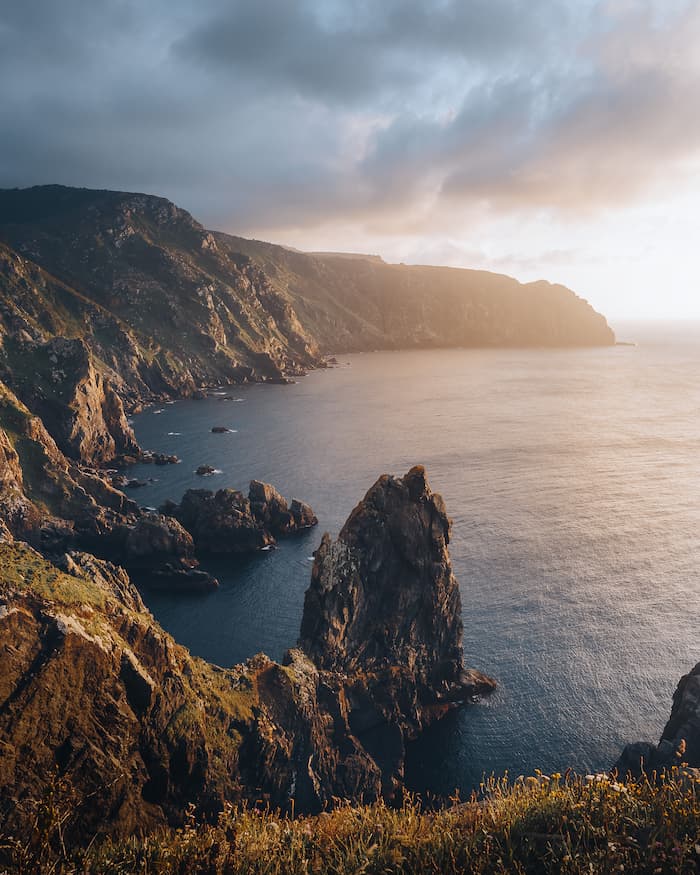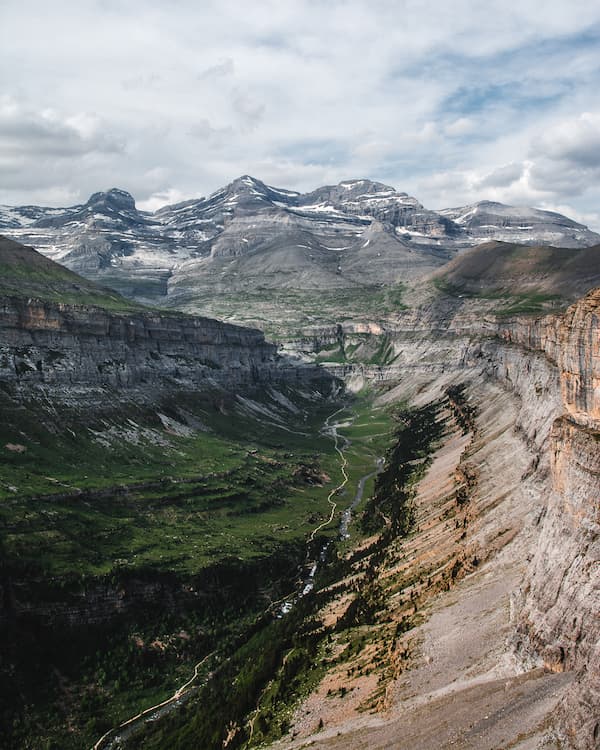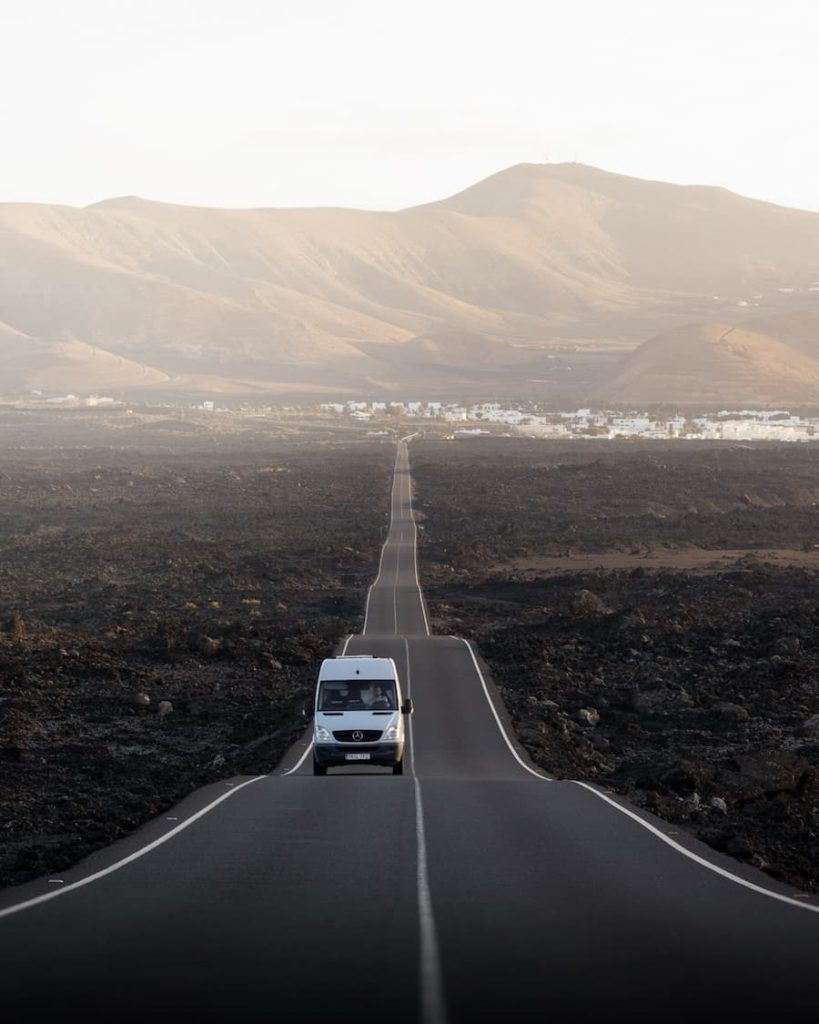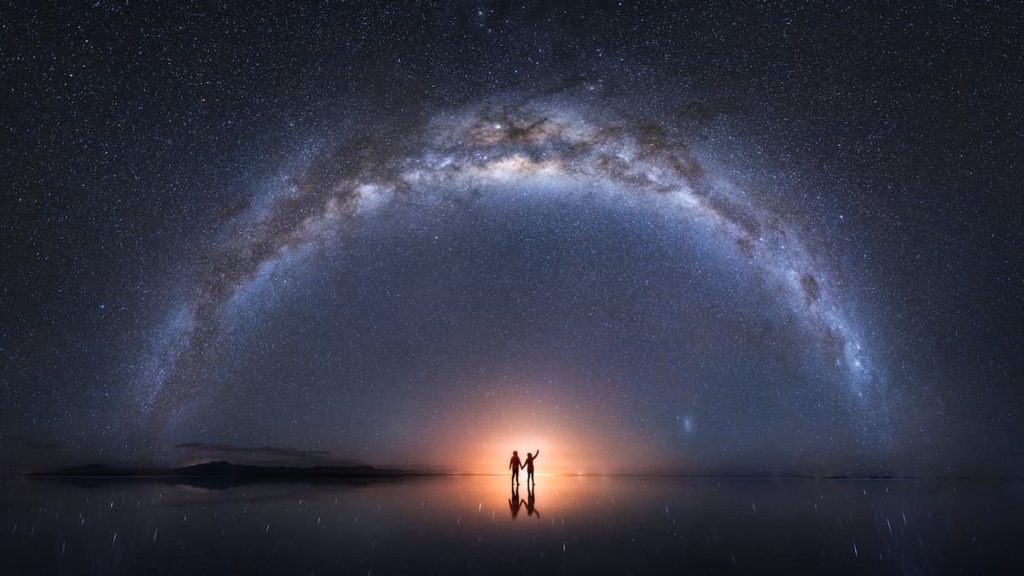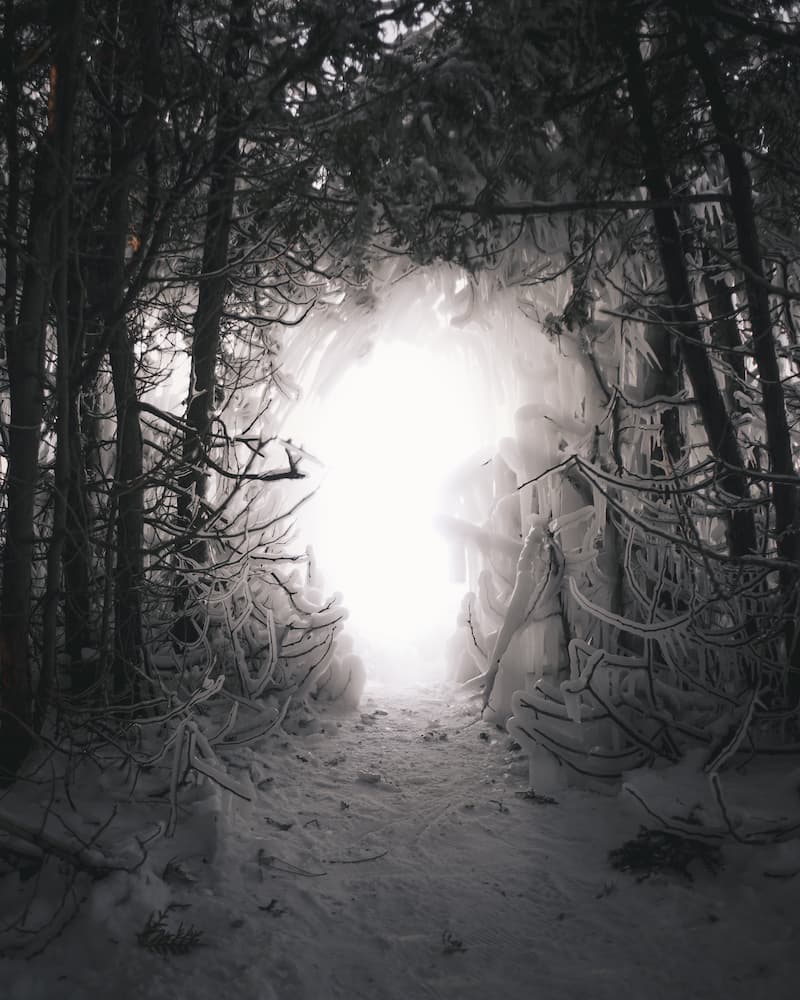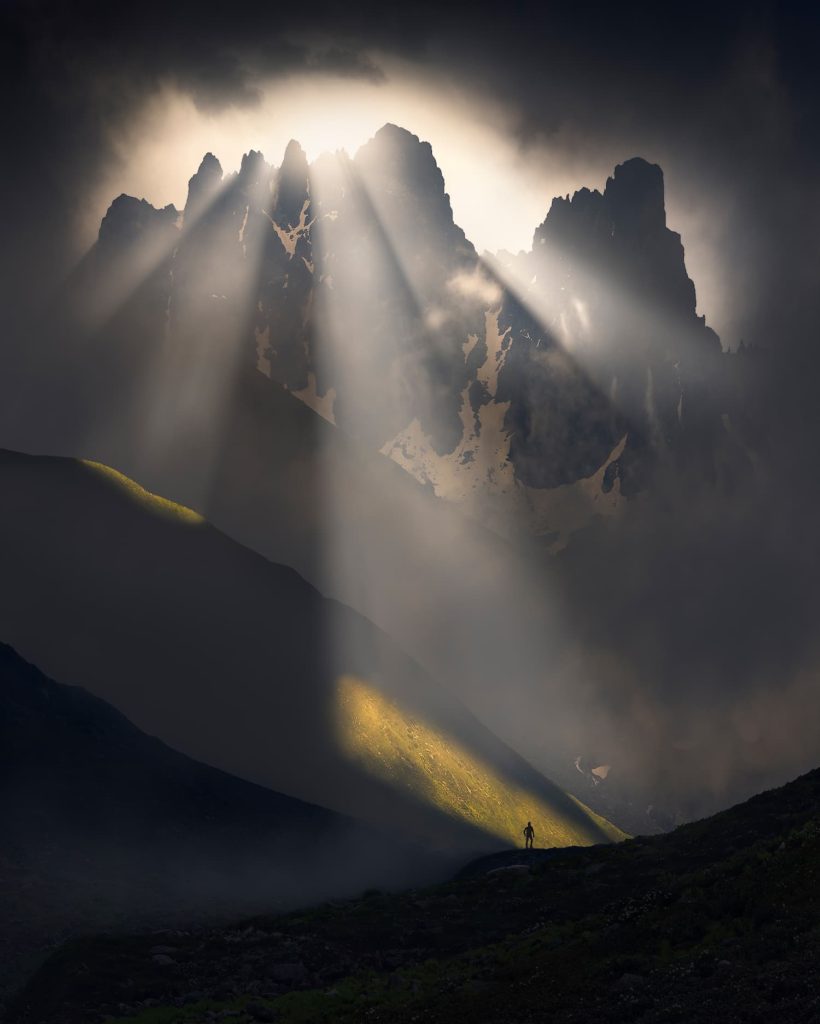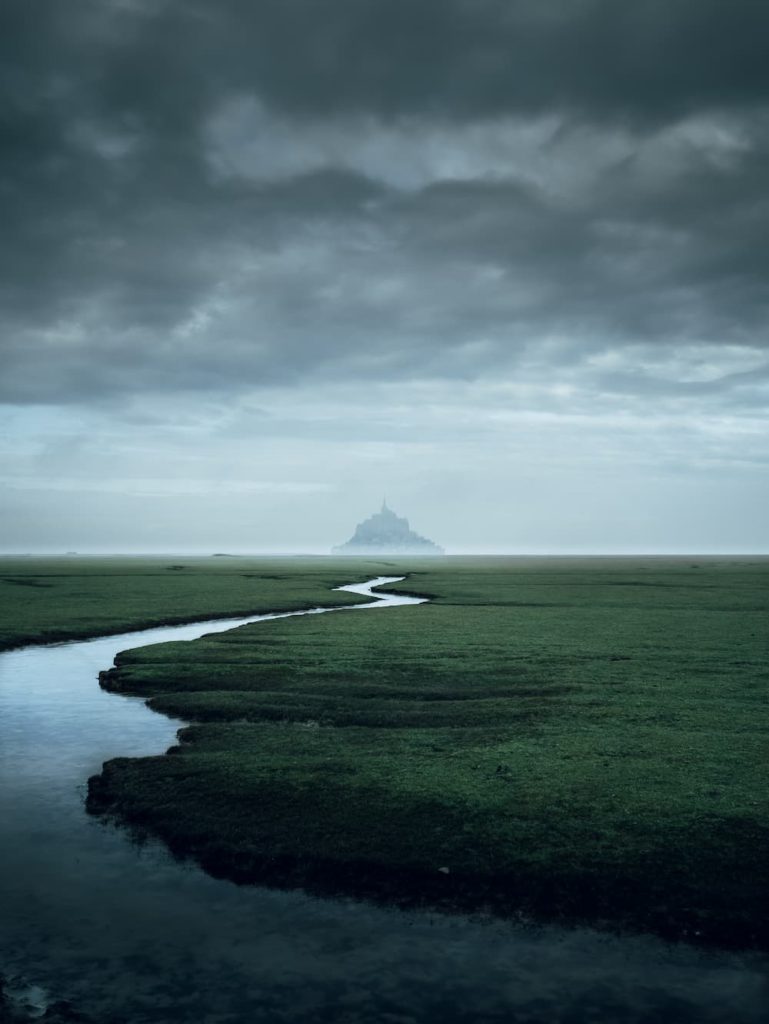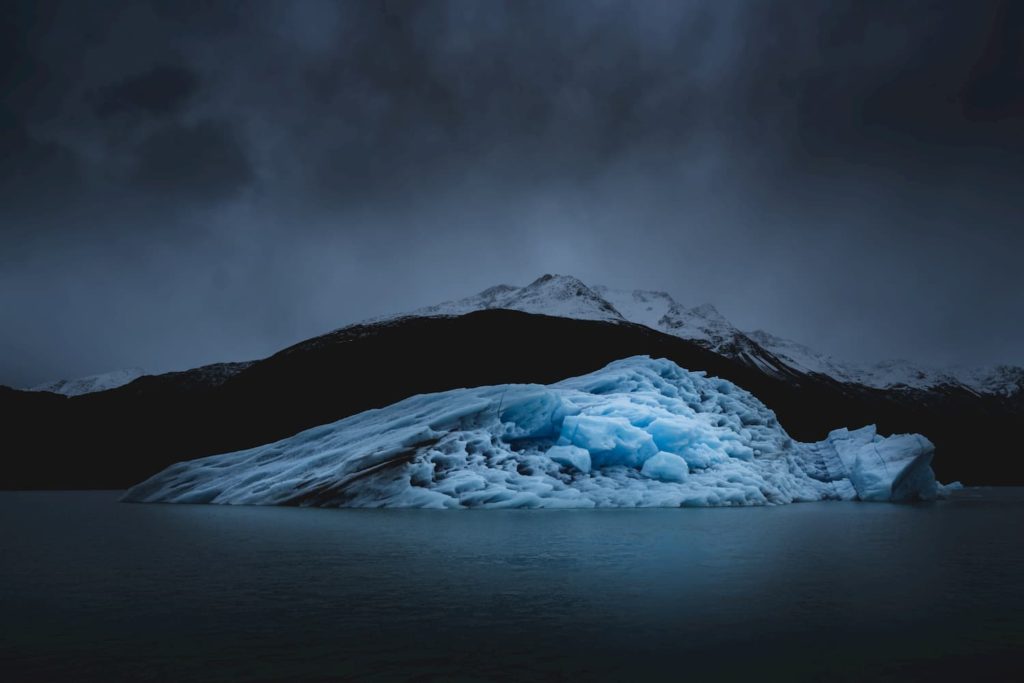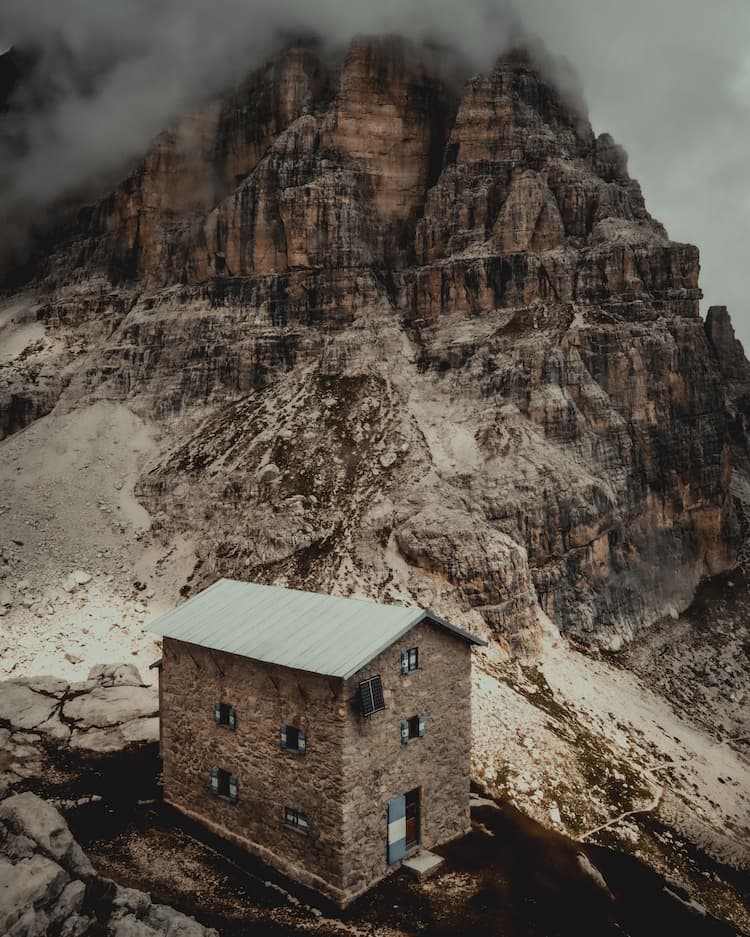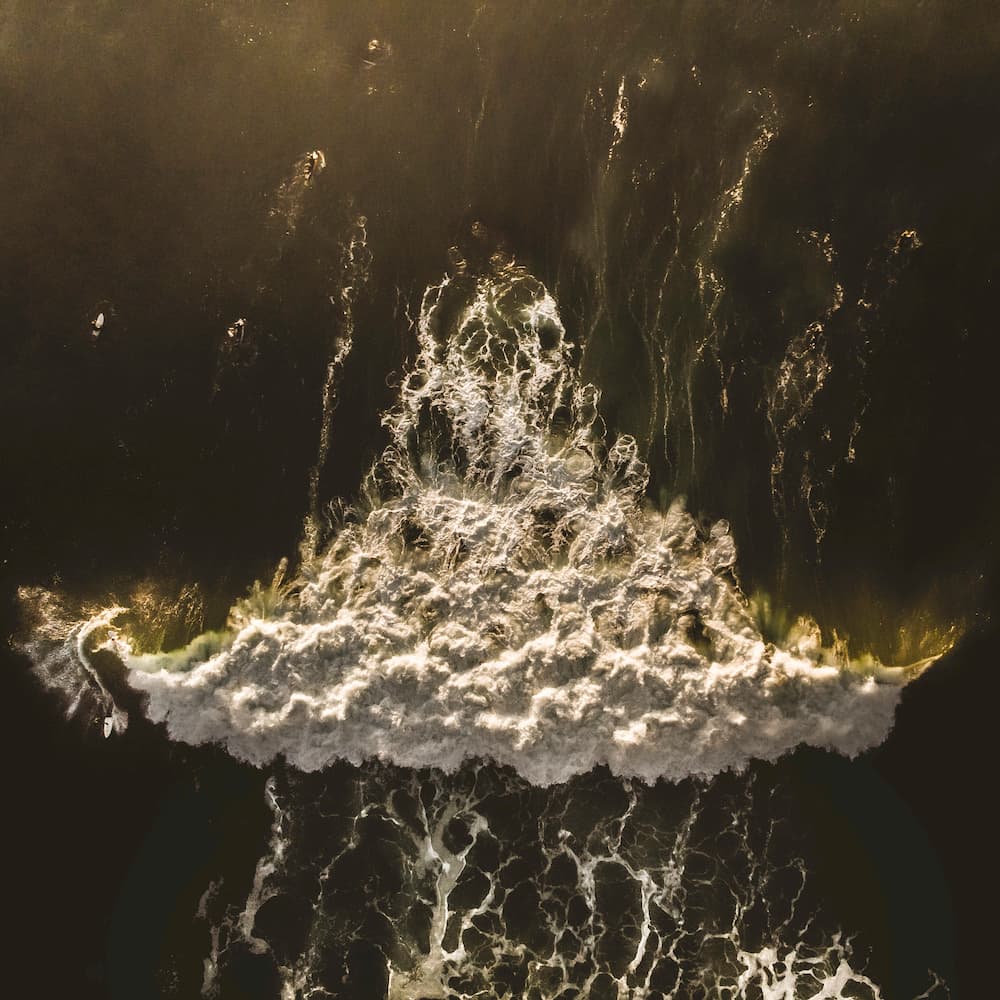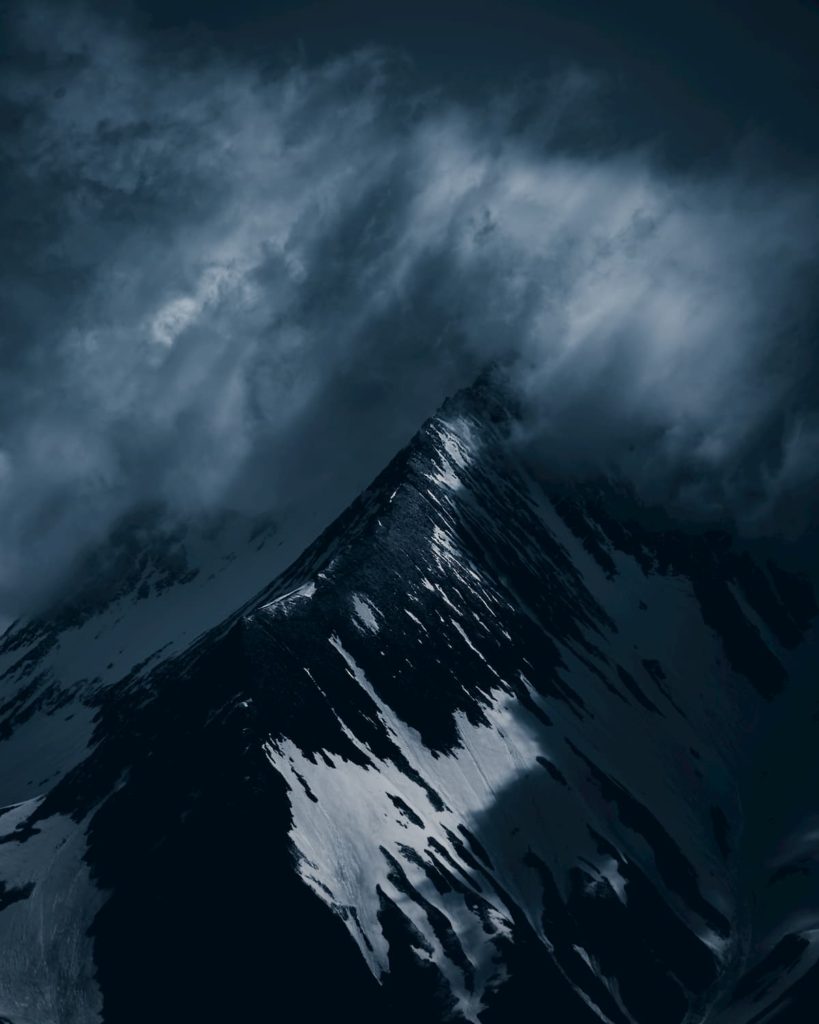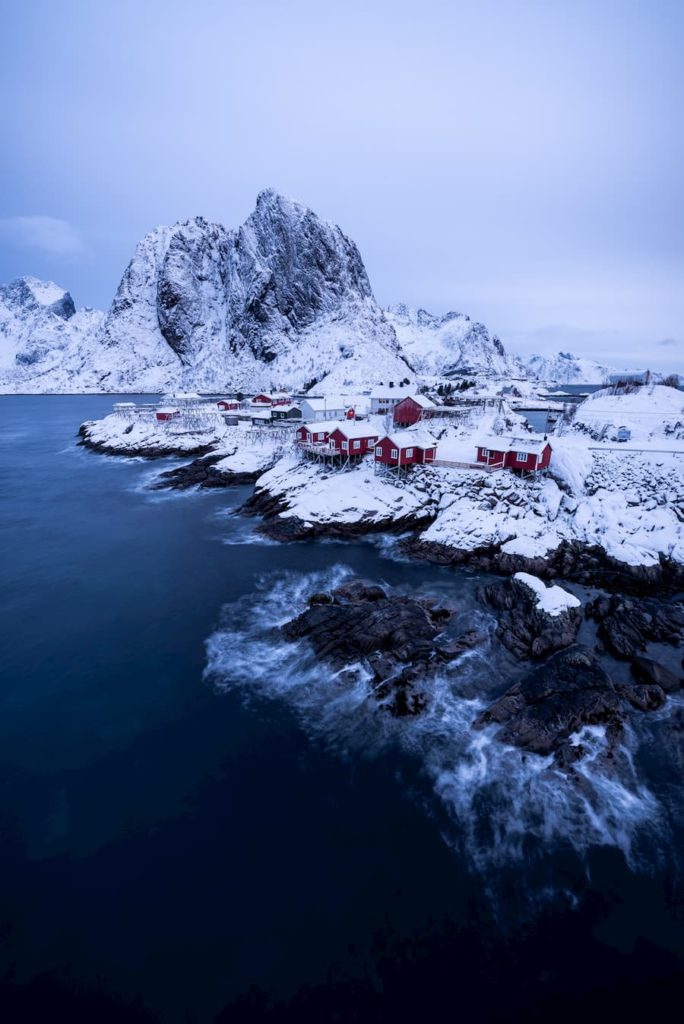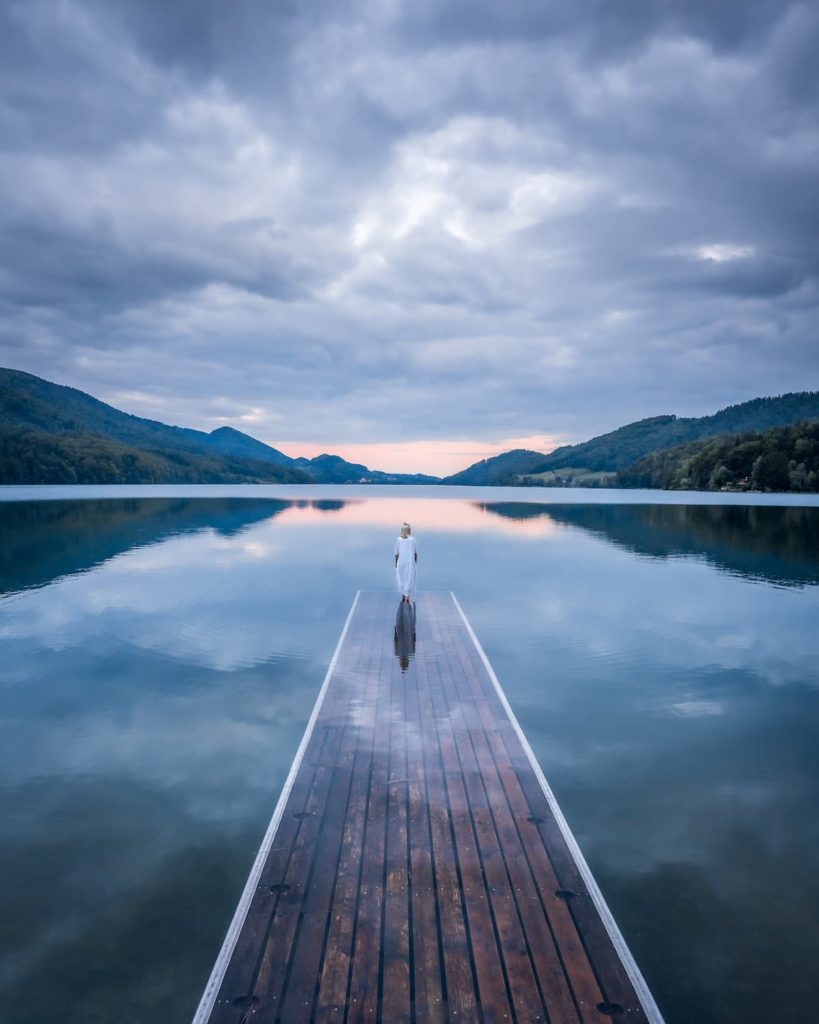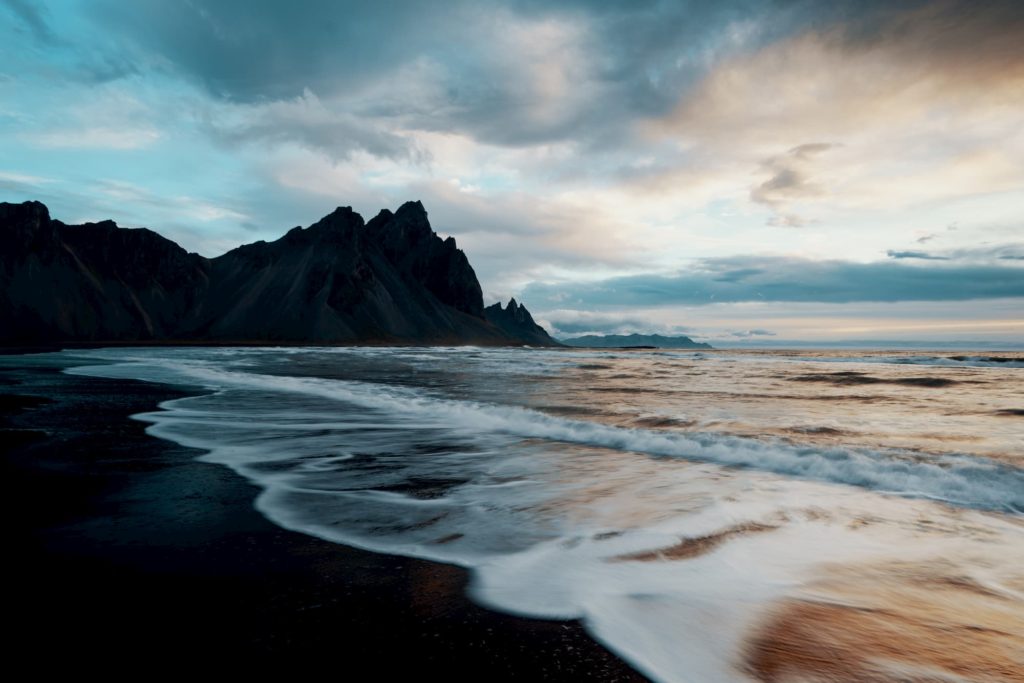
David Genovés
@davison7
Photographer based in Spain
Since I was a teenager, I have been passionate about cinema, but my interest in photography came much later, in one of those beautiful coincidences of life. It was thanks to the fact that my girlfriend was taking a photography course at the university, as part of her architecture career, that I used a camera in manual mode for the first time. One day she told me to accompany her to do some exercises that they had sent her to learn how to use the camera. Until then I had never heard anything about the concepts of shutter speed, aperture, or ISO. I remember not understanding what she was talking about at first, but from that day on I never used a camera in automatic mode again.
"In the beginning, the most important thing for me has been to know perfectly the three basic concepts of shutter speed, aperture, and ISO."
To do this, in addition to studying them, I think it is very helpful to add the histogram to the main screen from the camera menu to check at the time of shooting how the variation of these three values affects achieving the perfect exposure. On the other hand, it is also very important to know very well the camera with which you shoot to know when you can vary any of these values to overexpose or underexpose the image to your liking to then start the editing process afterward. To get to this point, and although it sounds cliché, the best thing you can do is shoot, shoot and shoot. There is no other secret.
When I discovered Adobe Lightroom, I also discovered the power of editing. In my current workflow, I usually follow the order of the steps indicated by Lightroom. First I crop the image to improve the composition. Then I correct the white balance if necessary as well as the exposure. To edit the highlights and shadows I use the tone curve tool first, after which I adjust the values if needed.
The next step would be color editing using the HSL panel that allows you to adjust the hue, saturation, and luminance of each color separately, and the color gradation in highlights and shadows. At this point, I like to play with masks and gradients, which are very powerful tools to enhance the highlights or shadows of parts of the image to draw a little attention to the point of interest in the photo, in addition to giving a creative touch. Lastly, a few quick adjustments to focus and noise reduction if needed, and voila!
"I have chosen a Before / After to illustrate my editing process."
It is one of my favorite photos of Reine, Norway, one of the most beautiful places I have had the opportunity to visit. As mentioned before, the first thing I did was cut the image according to the final composition that I wanted to obtain or the use that I am going to give it (for Instagram 4×5 format for example). I also activated the lens profile corrections since the photo was taken with a wide angle and there is a bit of vignetting. After that, I corrected the exposure since it was somewhat underexposed, and I worked on the color temperature, giving it a little more warmth since it was taken in the morning during the blue hour, a few minutes before the sunrise. Then, using the tone curve, I sought to give it some contrast and for this, I made a slightly pronounced “S” shaped curve, later adjusting the highlights and shadows values from the basic panel.
I followed with color correction, and in this photo I wanted to add a slightly cinematic style. For this what I usually do is look for a contrast between the blues of the sea and the sky and the oranges of the mountains. I achieve this through the HSL panel. Finally, I created a layer mask with a linear gradient darkening the bottom part of the image a bit to give more importance to the cabins and the mountains. Then I lowered the saturation of the blues a bit, a quick focus adjustment, and ready to export!
When taking a photo, I want to tell a little story and therefore, when editing, I give great importance to the subject – be it a person, an animal, a mountain, or the sun.
It is also crucial for me to find colors that I feel comfortable with and that are realistic. I like playing with green, orange, and blue tones.
Photography, with all its aspects, is an important part of my life since it is one of my two great passions. The person who has most inspired me to take my photography more seriously is my girlfriend. She gave me my first camera, and she often reminds me to fight for my dreams so that I can turn my passion into my way of life. I wish to work on getting there soon, but for now, I combine it with my job as a pharmacist.
On the other hand, I also consider the increase in popularity of Instagram to be an essential inspiration and influence. I met great photographers and travelers through this tool, such as Chris Burkard, Álvaro Sanz, and Alex Strohl. They, like so many others, inspired me to want to discover the world and the nature that surrounds us.
Iceland is, without a doubt, my favorite country that I have had the fortune of visiting so far. I was fascinated by the power of nature and the greatness of those landscapes. Few times have I felt freer than driving around the island, enjoying every second of the incredible panorama that this beautiful country offers.
My passion for traveling comes from many years ago. I have always been curious to discover new places, people, cultures, and gastronomy. When I was a student, I had to stick to small getaways around Spain and Europe, and when I started working and saving money, a range of possibilities opened up. Vietnam was my first long trip and my first experience with a culture different from mine. From the kindness of people, I learned the importance of smiling and that it doesn’t take much to be happy. It was incredible meeting backpackers from all over the world and sharing experiences.
Since that first trip, I have been able to enjoy long trips and places much further away on the globe that has changed the way I see the world, such as India and China. In this last year, I have also been able to get to know much better the land where I was born and where I returned to live a year ago, Valencia, Spain. As a result of the restrictions to travel abroad, I have discovered many incredible places in the Valencian Community.
"I feel fortunate to be able to enjoy the light and landscapes of Valencia daily, I am looking forward to continuing to discover new corners close to home."
One of my favorite places in Valencia is Albufera Natural Park. It is a coastal lagoon surrounded by rice fields, a transit area for many species of migratory birds. In addition, it has one of the most beautiful sunsets you can imagine. One day we found here a flock of beautiful flamingos. Although we couldn’t get too close so as not to disturb them, there was a moment when they all started to fly at the same time and it resulted in an incredible image. Another gorgeous site that I discovered recently is the Botanical Garden of the University of Valencia. It is located within the urban area but once you enter you forget that you are in the city. The perfect place to breathe and unwind. A little further away from the city, you have the Costa Blanca, with its spectacular coves, for example, Cala Moraig and Cova dels Arcs. Of my favorite mountains and hikes, I would like to mention the Las Palmas Desert, Chirel Castle in Cortes de Pallás, Montanejos, and Sierra de Bernia.
Then, still in Spain but going to one of its islands, there’s Lanzarote, where I recently had the opportunity to travel around and capture its beauty.
We explored the island by campervan, and this new way of traveling has been a real discovery, allowing you to be more in contact with nature. Lanzarote is located within the Canary Islands, an archipelago of volcanic origin in the Atlantic Ocean. It is an incredible island for photography lovers as it has innumerable volcanoes, black and white sand beaches, natural pools, and even a green lake. In addition, it has a lot of beautiful villages with white houses and blue or green windows and doors and is also a great place for surfing.
We met the local model and surfer Gabi Edwards, with whom we spent the day discovering authentic places on the island (secret caves, volcanoes less known by tourists…) and she told us curiosities and anecdotes about the origin of the island. It is always appreciated to visit the sites together with local people to get a little out of the tourist perspective.
The places in Lanzarote that have enchanted me the most are the Timanfaya National Park and the Natural Park of the Volcanoes, where you can discover impressive volcanoes such as the El Cuervo volcano, Montaña Colorada or Caldera Blanca, which with a 1km diameter crater the largest on the island.
In addition, Famara beach is a great place to surf and is surrounded by dunes and mountains. From the Risco viewpoint, there are incredible views of Famara and the neighboring island of La Graciosa, which can be seen even more closely from a viewpoint further north, the Rio viewpoint. Other essential places are the town of El Golfo, with its spectacular green lake located on a black sand beach and with several volcanoes in the background, the Playas del Papagayo or the Salinas de Janubio. Finally, La Geria, an area of vineyards cultivated on volcanic soil that forms a beautiful landscape and where several wineries are located to taste their wines.
I believe that all the moments that I have experienced traveling in my country and around the world, discovering new places, have greatly influenced my personal development and my way of being today. I greatly appreciate the opportunity I have had to get to know new countries and new cultures since for me it is essential to open myself up to different environments and see the greatness of nature in all its forms to always treat it with respect. I’m also very grateful that I have been pushed to explore my homeland and region.
"It truly opened my eyes to the beauty nearby and – although I can’t wait to discover other parts of the world again – my photography and I will benefit from this realization for the rest of my life."
Would you like content like this sent to your inbox?
NOMADICT
ART GALLERY
THE LATEST STORIES
WRITEN WITH PASSION TO INSPIRE YOU
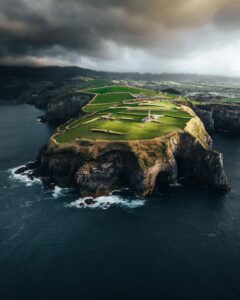
Photo tour in Azores, Portugal
Join us in the Azores for a unique photo tour, where you’ll elevate your creative skills with expert guidance from Ronald Soethje, Bruno Ázera, and Nomadict.
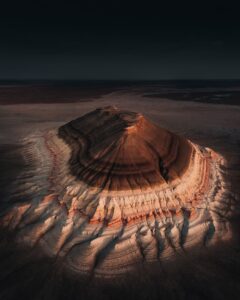
Forest Kai (@forest1kai): Photographer based in the US
In this article, Forest shares how years of chasing scale, silence, and raw landscapes shaped his approach to photography, from the deserts of Kazakhstan to the volcanic ridges of Iceland. He talks about how he uses light, texture, and vast negative space to create images that feel both intimate and overwhelming.
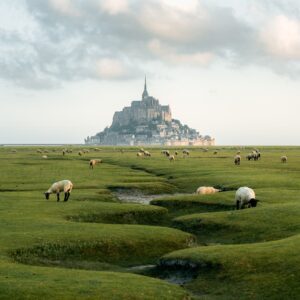
Simon Hechtbauer (@roamwithsimon): Best of the Week 32 at #nomadict
Simon shares the journey behind his photography, from early inspirations to field techniques, editing, and the story of the winning shot that shaped his path.

Miroslav Maršík (@miromarsik): Photographer based in Czech Republic
In this article, Miro shares how his love for cinematic music evolved into a deep passion for photography and how he uses light, color, and atmosphere to turn the streets of Prague into living film scenes.

Aurora photography panorama workflow: A guide to camera settings, editing, and color
In this article, Stefanie reveals how her background in physics sparked her passion for astrophotography and how she blends science with creativity to capture the beauty of the night sky. Readers will discover her approach to color, contrast, and editing, as well as her aurora photography workflow.

Yhabril (@yhabril): Best of the Week 33 at #nomadict
Spanish photographer Yhabril captures the profound connection between humans and the mountains that shaped him. Growing up in the Pyrenees, his work bridges outdoor sports, landscapes, and celestial scenes — often blending athletes, moonlight, and wilderness into striking visual stories.

Ariane Totzke (@besondersschwierig): Photographer based in Switzerland
In this article, Ariane shares how photography helped her navigate personal challenges, connect authentically with people and animals, and develop a philosophy rooted in empathy and artistic freedom. Readers will also discover her ethical approach to wildlife photography and her trusted equipment for both camouflage techniques and cameras.

How to photograph Dutch tulip fields: A guide to light, gear, composition, and colors
Discover how to photograph Dutch tulip fields in their most magical light. From choosing the right gear and lenses to mastering composition, color, and aerial perspectives, this guide shares creative techniques to capture the beauty of the Netherlands’ tulips. Learn how light, color grading, and proportion bring emotion into every frame.
